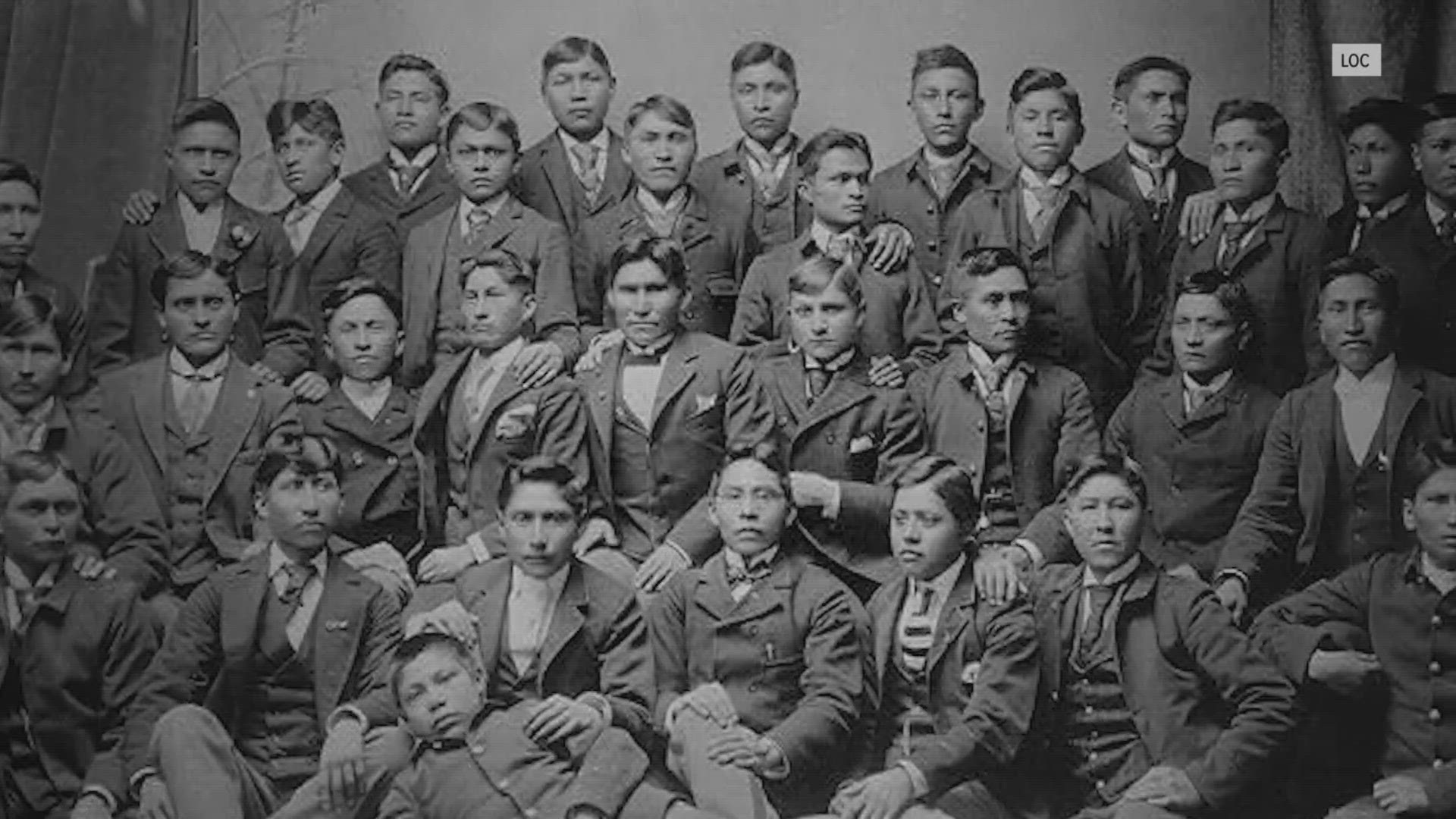SACRAMENTO, Calif. — Sacramento State University recently celebrated the opening of a new cultural center.
The Esak'timá Center, located on campus at Lassen Hall, is specifically designed to support Native American students.
"The center is a home away from home for our Native students," said Rena Horse, Native Success Program Coordinator with Sacramento State. "Esak'timá is in the Nisenan language. It translates to a place where knowledge comes."
Sacramento State is on Miwok, Maidu and Nisenan land. Of the nearly 31,000 students, less than 1% are Native Americans. Aside from academic advising, the center focuses on providing culturally relevant resources and activities both on and off campus.
"We want them to know that they are not alone here at Sac State," Horse said. "They are going to have that support from the moment they arrive on campus to the moment that they graduate and beyond."
Anthony Flores is a junior at Sacramento State. He's pursuing a Bachelor's degree in Native American Studies.
GET MORE RACE & CULTURE FROM ABC10:
►Explore the Race & Culture home page
►Watch Race & Culture videos on YouTube
►Subscribe to the Race and Culture newsletter
"I can come here and meet with other Native students to discuss cultural things and discuss cultural relevancy in our subjects that we're taking," he said. "When I found out that there was going to be a Native center at Sac State, I knew it would be a safe space."
He says the center is a step in the right direction but more is needed to build trust between Native communities and educational institutions.
"As a Native person, I do not trust settler colonial institutions," Flores said. "The injustices that the United States government has done to Native people, one big thing is Indian boarding schools. It was supposed to be for education, but in reality, it was cultural genocide."
According to the U.S. Department of the Interior, between 1819 and 1969, the United States operated or supported 408 Indian boarding schools. At least 12 were in California. The government forcibly removed Native children from their families, communities, languages, religions and cultural beliefs.
For Flores, the Esak'timá Center is a place where he can simply be himself. It proudly welcomes traditional Native values and beliefs.
"It's important to have people to help you navigate through the institution," he said. "I'm coming to Sac State to be an example for my community and family, so we can get the education and be more productive in a settler colonial society."
We want to hear from you!
The Race and Culture team's mission is to serve our diverse communities through authentic representation, community engagement and equitable reporting. Accomplishing our goals of inclusive reporting requires hearing from you. Is there a person or place that you want us to highlight? Email us at raceandculture@abc10.com or fill out the form below.

